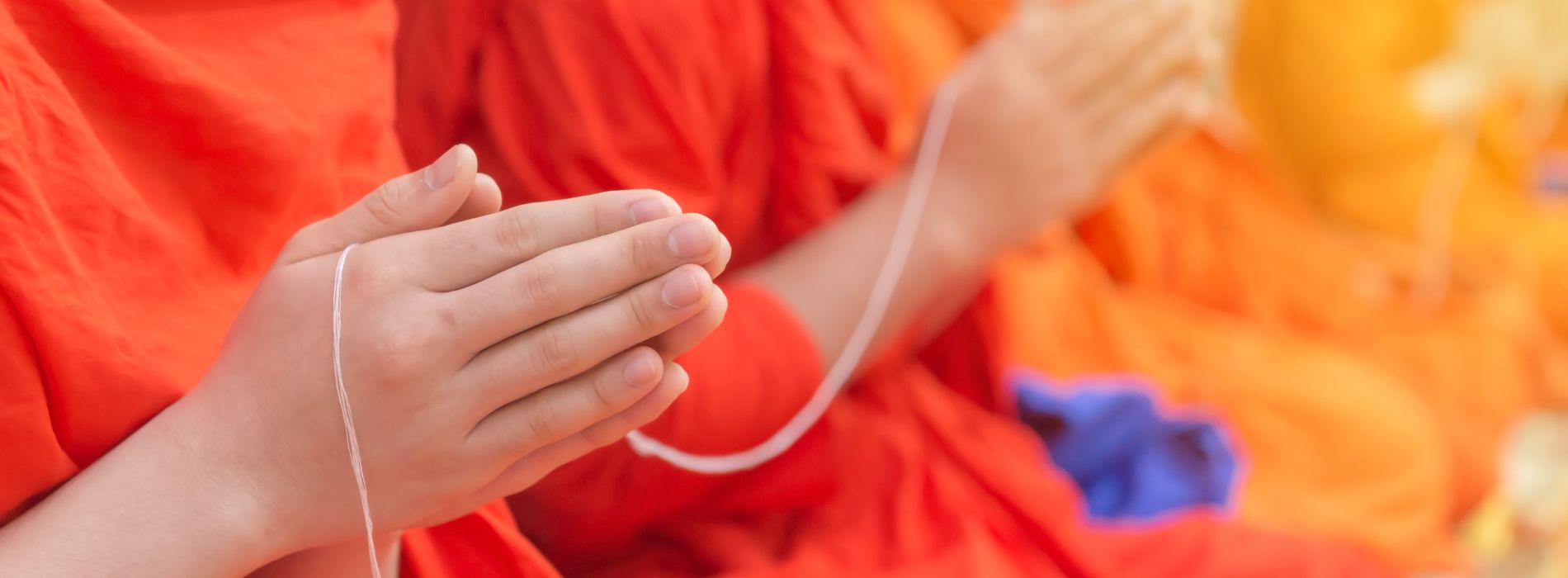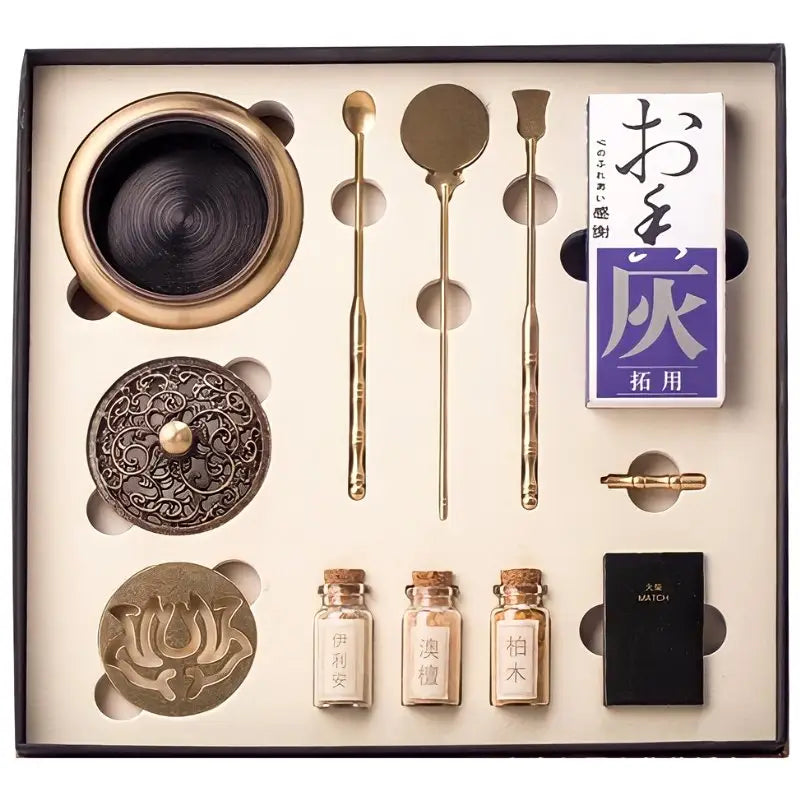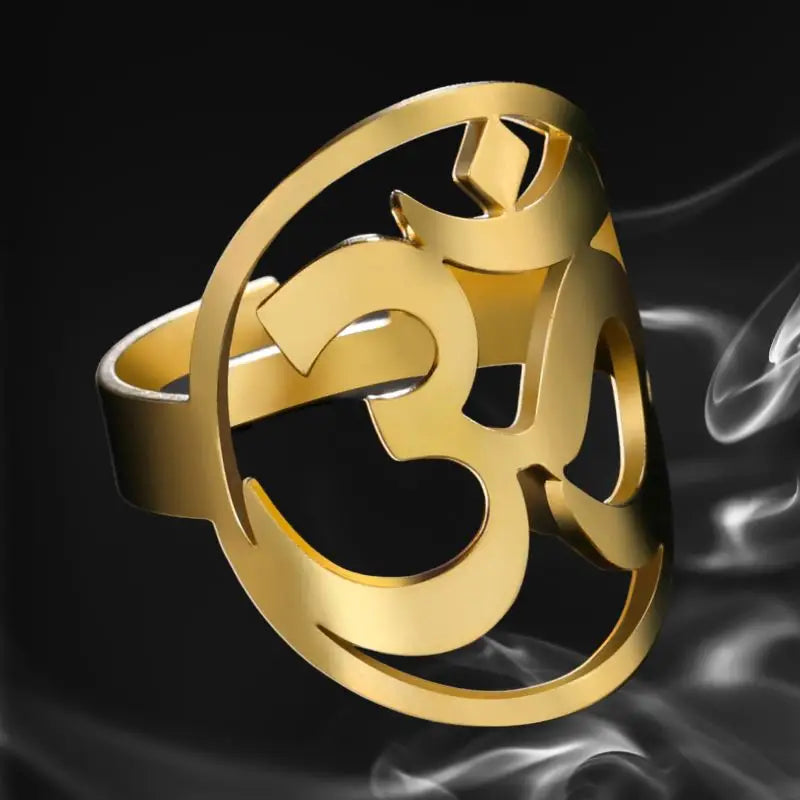How to prostrate before Buddha?
How to prostrate before Buddha? Tips and techniques
The basic steps to prostrate before Buddha
Prostration before Buddha is a sign of respect and devotion in Buddhism. Here are the basic steps to prostrate before Buddha:
- Find a quiet, comfortable place to prostrate yourself.
- Position facing the altar or the statue of Buddha.
- Kneel on a cushion or mat, keeping your feet tucked under you.
- Place your palms together in front of your chest, tilting your head slightly.
- Lower yourself slowly by prostrating yourself on the ground, keeping your back straight.
- Remain in this position for a few moments, focusing your mind on devotion to Buddha.
- Rise up slowly, reversing the previous steps.
Prostration is a symbolic gesture of respect, gratitude and spiritual connection with Buddha.
The different types of prostration
There are several forms of prostration used in Buddhism:
- Three-point prostration: both hands, both knees and forehead touch the ground.
- Prostration at one point: one hand, one knee and the forehead touch the ground.
- Two-point prostration: both hands and both knees touch the ground.
Each of these forms of prostration has a symbolic meaning and is used on different occasions.
The meaning of prostrating before Buddha
Prostration before Buddha is an act of respect, devotion and gratitude to the founder of Buddhism. It is also a way to connect spiritually with the teachings of Buddha and to strengthen one's Buddhist practice.
When you bow down to Buddha, you show your humility and submission to the wisdom, compassion and enlightenment of Buddha. This is a time to express your gratitude for the teachings and benefits you have received through Buddhist practice.
Prostration is also a cleansing practice that helps rid oneself of negative thoughts and disturbing emotions, creating space for wisdom and compassion.
The benefits of prostrating before Buddha
Prostration before Buddha offers many spiritual and mental benefits. Here are some of the benefits of this practice:
- Strengthening devotion and spiritual connection with Buddha.
- Recognition and gratitude towards the teachings of Buddha.
- Purification of negative thoughts and disturbing emotions.
- Development of humility and acceptance.
- Cultivation of gratitude and compassion towards all beings.
The different forms of prostration
Prostration can be practiced in different ways depending on Buddhist traditions:
- Standing prostration: you stand and lean forward to touch the ground with your hands, forehead and knees.
- Seated prostration: you sit on the floor and lean forward to touch the floor with your hands, forehead and knees.
- Kneeling prostration: you kneel on the ground and lean forward to touch the ground with your hands, forehead and knees.
Each form of prostration has its own benefits and can be adapted according to your preferences and physical abilities.
The practice of daily prostration
Prostration is a practice that can be integrated into your daily life to strengthen your spiritual connection with Buddha. Here are some tips for practicing daily prostration:
- Create a space dedicated to prostration in your home, with an altar or a Buddha statue.
- Allocate a time of day to prostrate and connect spiritually with Buddha.
- Practice prostration with devotion, gratitude and humility in your heart.
- Repeat the basic steps of prostration several times, paying close attention to your breathing and intentions.
- Incorporate prostration into your meditation or prayer practice.
Conclusion
Prostration before Buddha is an important practice in Buddhism which expresses respect, devotion and gratitude towards Buddha. It is a way to connect spiritually with the teachings of Buddha and to strengthen one's Buddhist practice. By practicing daily prostration, you can cultivate devotion, gratitude, humility, and compassion toward yourself and others. Whether you choose prostration standing, sitting or kneeling, the main thing is to perform this gesture with sincere intention and an open heart.













































